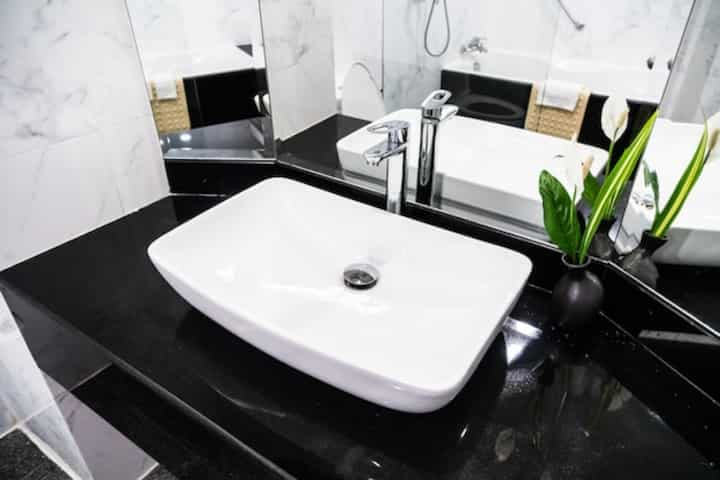
Budgeting for Bathroom Tile Installation Understanding the Costs
Renovating a bathroom is a significant project that involves careful planning and budgeting. One of the key aspects of bathroom renovation is tile installation, which can greatly influence the overall aesthetic and functionality of the space. Understanding the costs associated with bathroom tile installation is crucial for effective budgeting. This article aims to provide a comprehensive breakdown of the costs involved in bathroom tile installation, assisting homeowners in making informed decisions without financial surprises.
Factors Influencing Bathroom Tile Installation Costs
The cost of bathroom tile installation is influenced by several factors. Understanding these elements can help in estimating a more accurate budget.
Type of Tile
- Ceramic Tiles: Generally more affordable, ceramic tiles are a popular choice for budget-conscious homeowners.
- Porcelain Tiles: Known for durability and water resistance, porcelain tiles tend to be more expensive than ceramic options.
- Natural Stone Tiles: Marble, granite, and limestone offer a luxurious appearance but come with a higher price tag.
Explore further insights here regarding tile types and their costs.
Tile Size and Pattern
The size and pattern of the tiles can significantly impact installation costs.
- Larger tiles generally cover more area with fewer joints, potentially reducing labor costs.
- Complex patterns or mosaics may require additional time and expertise, increasing labor expenses.
Labor Costs
Labor costs for tile installation can vary widely based on location, complexity, and the contractor's experience. It is advisable to obtain multiple quotes for comparison.
Read more about this topic here.
Preparation and Removal
Before new tiles can be installed, existing materials may need to be removed, and the surface prepared. This could involve:
- Removing old tiles, which can be labor-intensive and time-consuming.
- Ensuring the subfloor is even and suitable for new tile installation.
- Addressing any underlying issues such as water damage or mold.
Material Costs
Besides the tiles themselves, several additional materials contribute to the overall cost of tile installation:
Adhesives and Grout
- Tile Adhesives: Essential for securing tiles, the choice of adhesive can affect both cost and durability.
- Grout: Available in various colors and types, grout seals the joints between tiles and prevents water penetration.
Find additional information here on selecting the right materials.
Additional Enhancements
Consider potential enhancements that could add to the budget but also improve the bathroom’s functionality and appearance:
- Heated flooring systems can be installed beneath tiles for added comfort.
- Sealing treatments for natural stone tiles to enhance longevity and resistance to stains.
Tips for Budgeting Effectively
To manage costs effectively, consider the following tips:
- Set a realistic budget and prioritize essential upgrades over aesthetic enhancements.
- Plan for unexpected expenses by setting aside a contingency fund.
- Research extensively to understand the cost implications of various options.
- Consult with multiple contractors to get the best estimate and service.
Learn more in this detailed guide here.
In conclusion, budgeting for bathroom tile installation requires a thorough understanding of the various costs involved. By considering the type of tiles, labor, additional materials, and potential enhancements, homeowners can ensure their renovation project remains within financial limits while achieving the desired results.